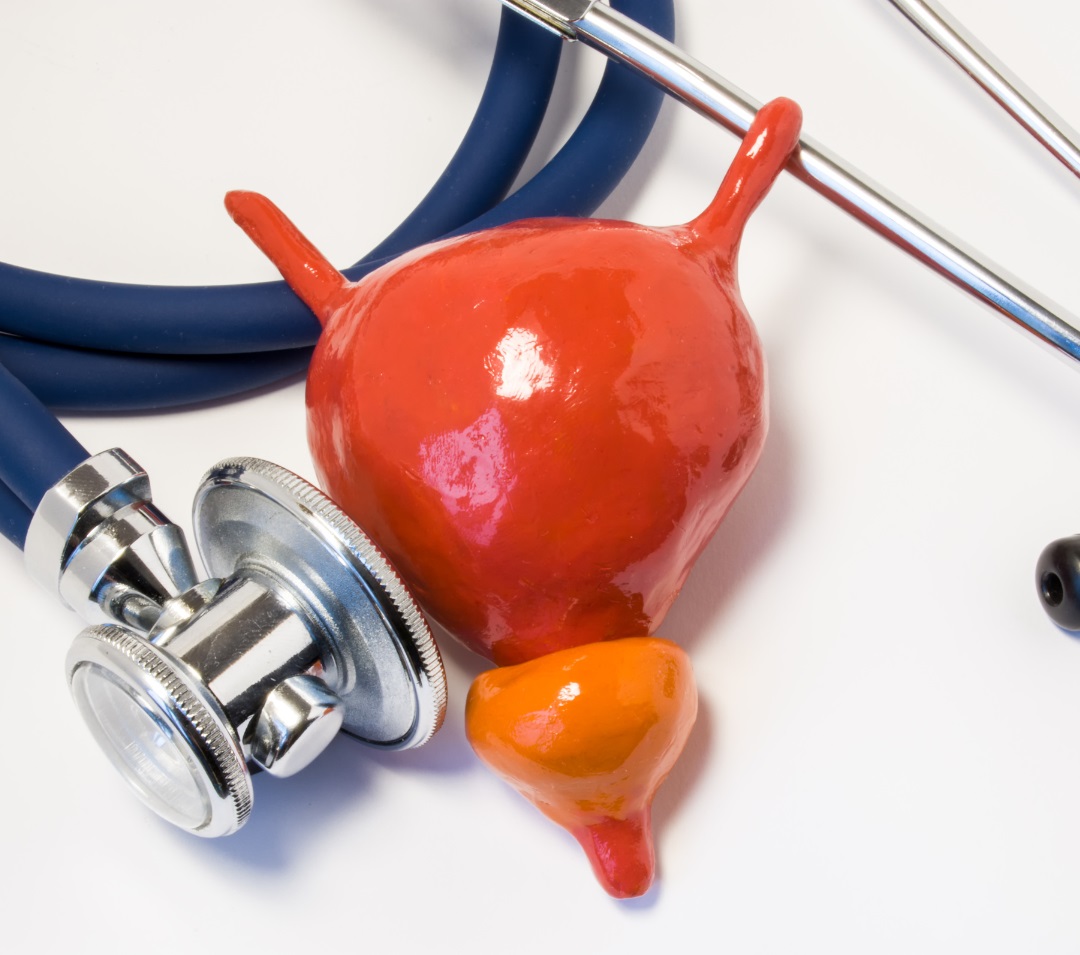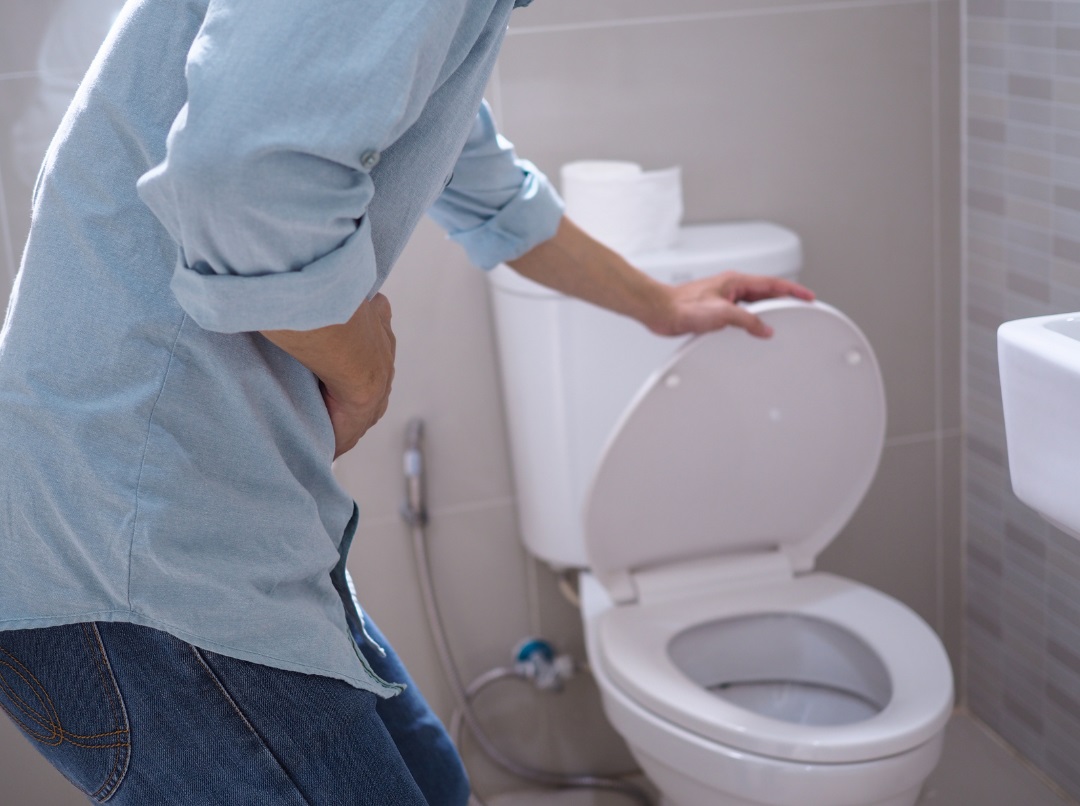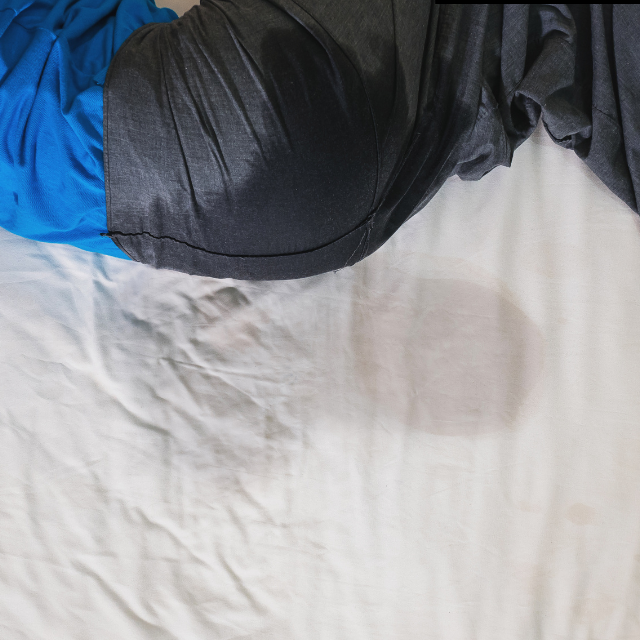Treatment options for overactive bladder (OAB) range from medications and therapies to advanced interventions for severe cases. Here's a comprehensive overview:
1. Lifestyle and Behavioral Therapies
Bladder Training: A structured program to increase the time between urination.
Pelvic Floor Exercises (Kegels): Strengthen pelvic muscles to improve bladder control.
Dietary Adjustments: Avoid bladder irritants (caffeine, alcohol, spicy foods).
Fluid Management: Adjust fluid intake to reduce urgency and frequency.
2. Medications
Medications can help relax the bladder muscles and reduce urgency.
Anticholinergics: Block nerve signals that trigger bladder muscle contractions.
Examples: Oxybutynin, Tolterodine, Solifenacin.
Side Effects: Dry mouth, constipation, blurred vision.
Beta-3 Adrenergic Agonists: Relax the bladder muscle to increase storage capacity.
Examples: Mirabegron (Myrbetriq).
Side Effects: Increased blood pressure, headache.
Topical Estrogen: For postmenopausal women, vaginal estrogen can reduce irritation in the urethra and bladder.
Botulinum Toxin (Botox):
Injected into the bladder muscle to reduce spasms.
Effects last 6–12 months but may require repeat treatments.
3. Nerve Stimulation Therapies
For moderate to severe OAB that doesn’t respond to medications.
Percutaneous Tibial Nerve Stimulation (PTNS):
A fine needle is inserted near the ankle to stimulate the tibial nerve, which connects to the bladder nerves.
Requires weekly sessions for about 12 weeks.
Sacral Neuromodulation (SNM):
A device is surgically implanted to stimulate the sacral nerves, which control bladder function.
Examples: InterStim therapy.
4. Surgical and Advanced Procedures
Reserved for severe cases unresponsive to other treatments.
Bladder Augmentation: Surgical enlargement of the bladder using tissue from the intestines.
Urinary Diversion: Creates a new way to store and expel urine if bladder function is severely impaired.
Catheterization: For those with incomplete bladder emptying, intermittent self-catheterization may be recommended.
5. Complementary and Alternative Therapies
Acupuncture: May help reduce urgency and frequency by improving nerve function.
Biofeedback: A therapist helps train pelvic floor muscles using monitoring devices.
Herbal Remedies: Limited evidence supports their efficacy; consult a doctor before use.
6. Emerging Therapies
Gene Therapy: Research is ongoing into altering bladder muscle or nerve function at a genetic level.
Regenerative Medicine: Stem cell research holds promise for bladder repair.
How to Choose the Right Treatment
Mild Symptoms: Start with lifestyle changes and bladder training.
Moderate Symptoms: Consider medications or PTNS.
Severe Symptoms: Explore Botox, SNM, or surgical options.
If you'd like detailed information about any of these treatments or need help deciding which might be appropriate, let me know!



